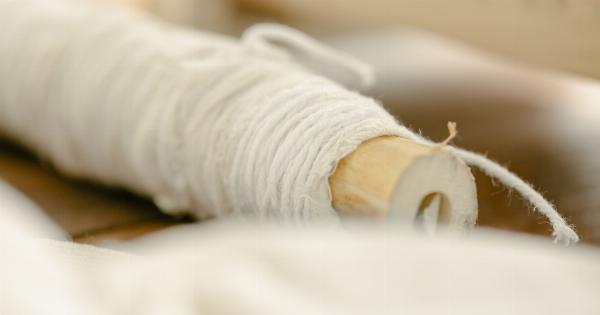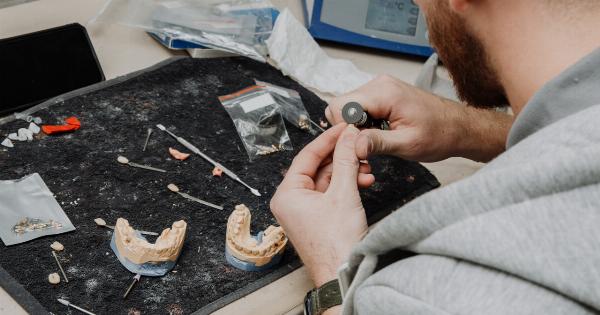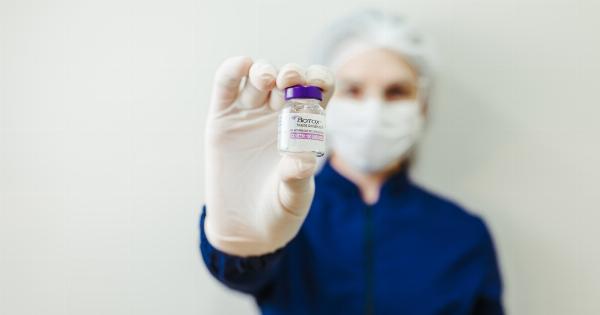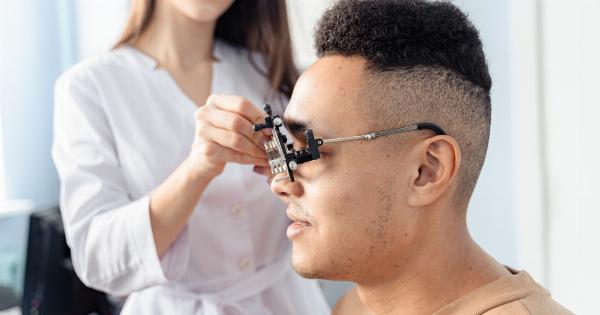Receiving news about the need for a breast biopsy can be anxiety-inducing for many women. The thought of going through surgery, potential pain, and the unknown can leave individuals feeling overwhelmed and scared.
However, medical advancements have made it possible to opt for less invasive procedures, such as stereotactic biopsy, which can help alleviate some of these fears.
Understanding Breast Biopsy
A breast biopsy is a medical procedure conducted to investigate any abnormalities detected during a mammogram or physical examination.
This procedure involves obtaining a small tissue sample from the breast for laboratory analysis to determine if it is benign (non-cancerous) or malignant (cancerous).
The traditional method of breast biopsy involves an incision for accessing the affected area directly.
While this method has been effective in diagnosing breast cancer, it can be invasive, leaving patients with pain, scarring, and potential complications.
Introducing Stereotactic Biopsy
Stereotactic biopsy is a less invasive alternative to traditional breast biopsy surgery. It involves the use of specialized mammography equipment and computer-generated imaging to precisely target the area of concern.
During a stereotactic biopsy, the patient lies facedown on a table with a hole to accommodate their breast. The mammography equipment locates the abnormality and helps guide the biopsy needle to the precise location.
This targeted approach minimizes the need for extensive incisions, resulting in reduced pain, scarring, and complications.
Advantages of Stereotactic Biopsy
1. Minimally Invasive: One of the key advantages of a stereotactic biopsy over traditional breast biopsy surgery is the minimally invasive nature of the procedure.
There is no requirement for a large incision or general anesthesia, reducing the overall discomfort associated with the surgery.
2. Quick Recovery: Due to the reduced invasiveness of stereotactic biopsy, the recovery time is significantly shorter. Patients can typically return to their regular activities within a day or two, with minimal discomfort.
3. Lower Risk of Complications: Since stereotactic biopsy involves minimal tissue disruption, the risk of complications such as bleeding and infection is significantly lower compared to traditional breast biopsy surgery.
4. Less Scarring: Stereotactic biopsy involves only minor punctures, resulting in minimal scarring. This can be particularly beneficial for individuals concerned about the cosmetic appearance of their breasts.
Procedure of Stereotactic Biopsy
1. Consultation: Your healthcare provider will thoroughly discuss the procedure, its benefits, and potential risks with you. They will also answer any questions or concerns you may have to help you understand the process better.
2. Preparation: On the day of the procedure, the medical staff will guide you through the necessary preparations, which may include changing into a hospital gown and removing any jewelry or accessories that might interfere with the imaging process.
3. Positioning: You will be positioned face down on a specialized table, which allows access for mammography equipment to obtain images of the breast.
4. Imaging: The mammography machine will take several X-ray images of your breast from different angles. These images will help create a three-dimensional map of the area of concern.
5. Anesthesia: Local anesthetic will be used to numb the area where the biopsy needle will penetrate, ensuring your comfort during the procedure.
6. Biopsy: Using the guidance of the imaging, the radiologist will insert a thin needle into the targeted area to retrieve tissue samples. The samples will be sent to a laboratory for analysis.
7. Post-Procedure Care: After the biopsy, you may experience mild bruising or soreness, which can be managed with over-the-counter pain relievers.
Your healthcare provider will provide you with care instructions and explain when to expect the biopsy results.
Who Can Opt for Stereotactic Biopsy?
Stereotactic biopsy is an option for women who have been recommended for a breast biopsy due to suspicious findings on a mammogram or physical examination.
However, the suitability of this procedure may depend on various factors, such as breast size, the location of the abnormality, and individual health conditions. Your healthcare provider will assess your case to determine the most appropriate approach.
Results and Follow-Up
After the stereotactic biopsy, the tissue samples will be analyzed by pathologists to determine the nature of the cells. The results are usually available within a few days to a week. The follow-up steps will depend on the diagnosis.
If the results are benign, your healthcare provider will guide you through any necessary monitoring or additional steps to ensure your breast health. If the results are malignant, further discussions and treatment options, such as surgery or radiation, will be explored.
Conclusion
Stereotactic biopsy offers a less invasive and more comfortable alternative to traditional breast biopsy surgery. By opting for this advanced imaging-guided procedure, individuals can experience less pain, faster recovery, and reduced scarring.
If you are recommended for a breast biopsy, consult with your healthcare provider to explore the suitability of a stereotactic biopsy and discuss the potential benefits it offers in your unique case.

























